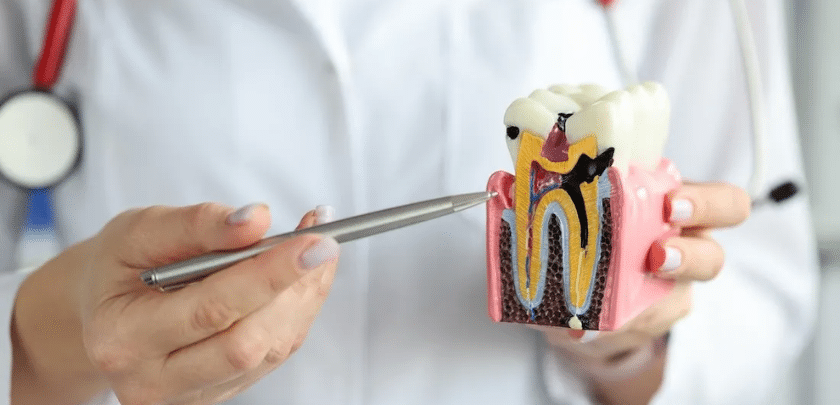
What Term Most Accurately Identifies Root Canal Therapy?
Root canal therapy, a term that often evokes a sense of dread among dental patients, is fundamentally misunderstood by many. Commonly referred to as simply a “root canal,” this procedure is a crucial endodontic treatment that saves teeth which might otherwise need to be removed. But what term most accurately identifies this therapy? Is “root canal therapy” the most precise descriptor, or is there more to this term than meets the eye?
Understanding Root Canal Therapy
At its core, root canal therapy is designed to eliminate bacteria from the infected root canal. So that it prevents reinfection of the tooth, and save the natural tooth. When one experiences a deep cavity, a cracked tooth, or repeated dental procedures that affect a tooth’s pulp, it can become inflamed or infected. If left untreated, this can cause pain or lead to an abscess.
What is Root Canal
The term “root canal” itself refers to the natural cavities within the tooth where the pulp chamber is located. This area contains the tooth nerve as well as blood vessels that supply nutrients to the tooth. However, the procedure to save a tooth when this area becomes infected is what is commonly referred to as “root canal therapy.”
What is Endodontic Therapy
Ultimately, the term “endodontic therapy” not only provides a more accurate description but also aligns with the procedure’s goal. The aim is to treat the tooth from the inside out, ensuring its health and functionality for years to come. Through education and communication, dental professionals can demystify this important treatment. This changes perceptions and emphasizing its role in maintaining oral health and well-being.
The Misconceptions
Many people mistakenly believe that the procedure is painful, largely due to the painful symptoms experienced from the infection that necessitates the procedure. Modern dentistry, however, ensures that root canal therapy is as pain-free as possible. It is done by using local anesthesia to completely numb the area. In fact, the procedure is not much more uncomfortable than having a filling placed.
The confusion and fear surrounding root canal therapy can also be attributed to the term itself. “Root canal” sounds invasive and frightening, leading to a misunderstanding of the procedure’s true nature and benefits. The term does not accurately convey the therapeutic aspect of the treatment, which is to relieve pain and save the tooth.
A More Accurate Term: Endodontic Therapy
Perhaps a more accurate term for what is commonly called “root canal therapy” is “endodontic therapy.” The word “endodontic” comes from Greek— “endo” meaning inside, and “odont” meaning tooth. Thus, endodontic therapy precisely describes a treatment involving the inside of the tooth. This term encapsulates the essence of the procedure more accurately by highlighting its therapeutic goal—to treat the interior of the tooth.
Endodontic therapy involves the removal of the infected or inflamed pulp, careful cleaning and disinfecting of the canal. After that it is filled and sealed it to prevent further infection. The tooth is then restored with a crown or filling for protection. And this will continue to function like any other tooth.
The Importance of Saving Natural Teeth
Saving the natural tooth through endodontic therapy has numerous advantages. Natural teeth allow for efficient chewing and biting, have a natural appearance, and protect other teeth from excessive wear or strain. Endodontic therapy, therefore, is not just about treating an infection—it’s about preserving the patient’s quality of life.
Conclusion
While “root canal therapy” is the term widely used and understood by the general public, “endodontic therapy” more accurately describes the procedure and its objectives. By shifting the narrative to emphasize the preservation and therapeutic aspects of the treatment, dental professionals can help alleviate the unfounded fears associated with this crucial dental procedure.
It’s essential for patients to understand that endodontic therapy is a standard, safe, and effective treatment. So that can save their natural teeth and restore them to health. With modern advancements in dental techniques and anesthesia, the procedure is minimally discomforting and offers a viable solution to tooth infection and pain.





